
-
Free Parking Available
-
Wheelchair Access
-
Close to Public Transport

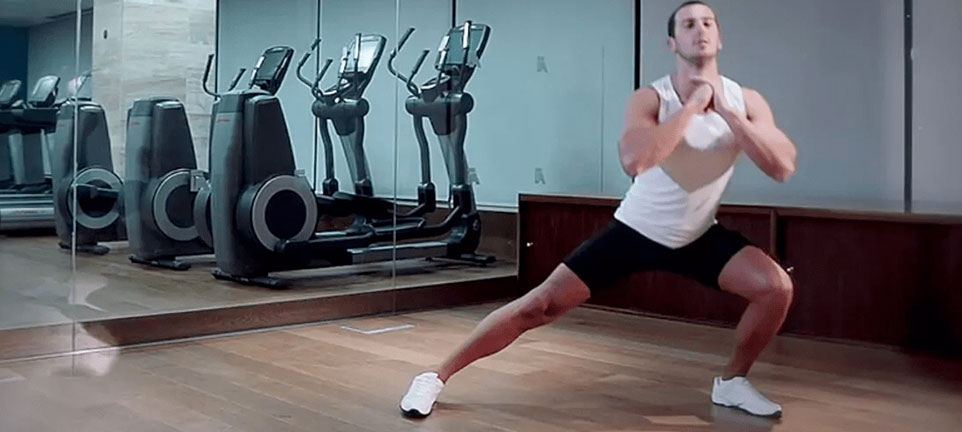
Movement prep is a concept that has been floating around for a few years now. It essentially involves a specified, effective and dynamic warm up.
Whilst occurring at the beginning of your workout or match, helping prepare you for the ensuing exercise, movement prep also aids in attaining long-term flexibility and strength gains.
The exercises help greatly with improving balance, mobility and stability.
A movement prep session can constitute anywhere between 4-8 exercises, each of which contains 5-10 reps of 2-3 quick sets.
Initially, this may feel more a part of your workout than a warm up, but as your body conditions itself, your body will feel alert and prepared for whatever is about to be thrown at it.
Attached is a video example containing a series of exercises that can all become a part of your movement prep. The internet is a valuable source of others so use this a stepping stone before researching on your own, with PT’s or us here at Hobson’s Bay to see how you can continue to tailor your movement prep to what you need.
Follow through the video with the below descriptions and ratings of difficulty for the exercises:
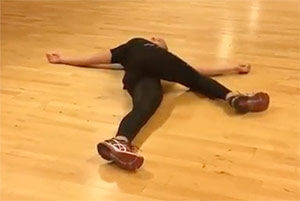
Rotations through the Lumbar and lower thoracic spine operating with one bent knee coming across the body and having the foot touch the floor before returning to neutral.
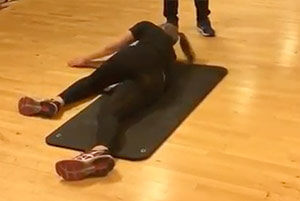
Rotations through the mid to upper thoracic spine and cervical spine where, whilst side lying, one leg lies across the body and your top arm opens arm to try and touch the floor on the opposite side of the body. Remember to follow your hand with your nose.
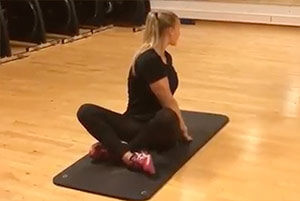
Sitting with legs crossed, rotate around so you get as close to having both hands palm down on the floor, shoulder-width apart behind your back. From here you can even push into the ground to try and get a few degrees more of rotation.
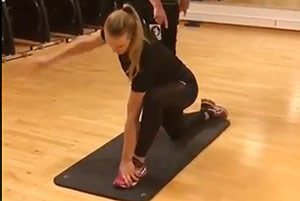
In a lunge position, have the ipsilateral arm holding the foot whilst the other arm comes through the gap in the lunging leg and then opens out as far behind you as is comfortable. This differs from the book opening type rotations by more effectively mobilising the shoulder blade along the thoracic cage
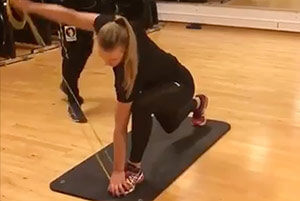
Same position as the exercise before, however, the TheraBand adds a strengthen activation component for the rotator cuff and spinal muscles too. Remember slow, controlled movement in both directions is critical whenever a TheraBand comes into play.
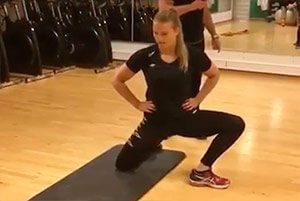
Lunging out to the side with one knee bent, expect to feel this mobilise and stretch quite high up into your adductors/ groin region.
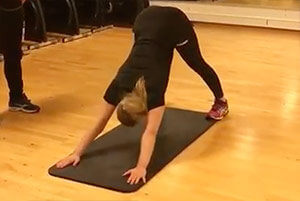
This complex series of movements combines spinal flexion, extension and rotation, whilst also stretching through the hamstrings and mobilising the shoulders. This is easiest to complete if broken down into its individual movements before attempting as a whole; i.e.: Up dog, down dog, down dog with opposite foot touch, squat with hands inside the feet, squat with thoracic rotation driver.
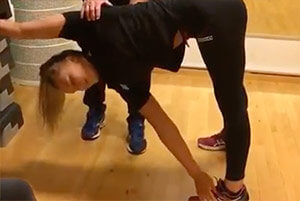
Ensure you have a mirror or a spotter to correct your position as maintaining 90 degrees of hip flexion is crucial throughout this exercise. This will mobilise the spine along with the hamstrings.
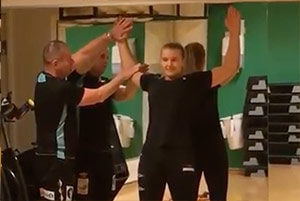
A creative approach to activating subscapularis, amongst the other rotator cuff muscles, stand about a foot length away from the wall and lean on your arms, which are at 90 degrees. From here, a mild push into the wall, whilst maintaining your forearm on the wall, will complete the exercise. Note: Anyone with shoulder instability should do this under the management of an Osteopath or other health professional before completing on their own.
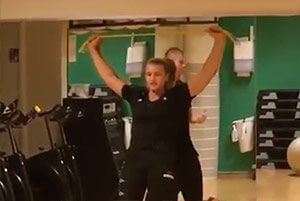
Once you get comfortable with the above, add a TheraBand in to promote even greater muscular activation.
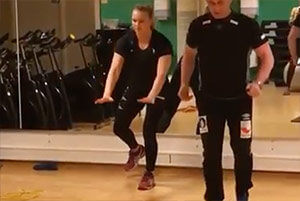
Starting about a foot away from the wall and on one leg only, allow yourself to come back into extension to touch the wall. Following this, come forward and hinge at your hips to allow yourself to bend down and touch the floor. Expect to feel this all through your glutes. Remember to avoid allowing your knee to come in front of your toes.
If touching the floor is too difficult, place a chair in front of you and aim for the seat.
For more hints about movement prep, come past Hobson’s Bay Osteopathy.





